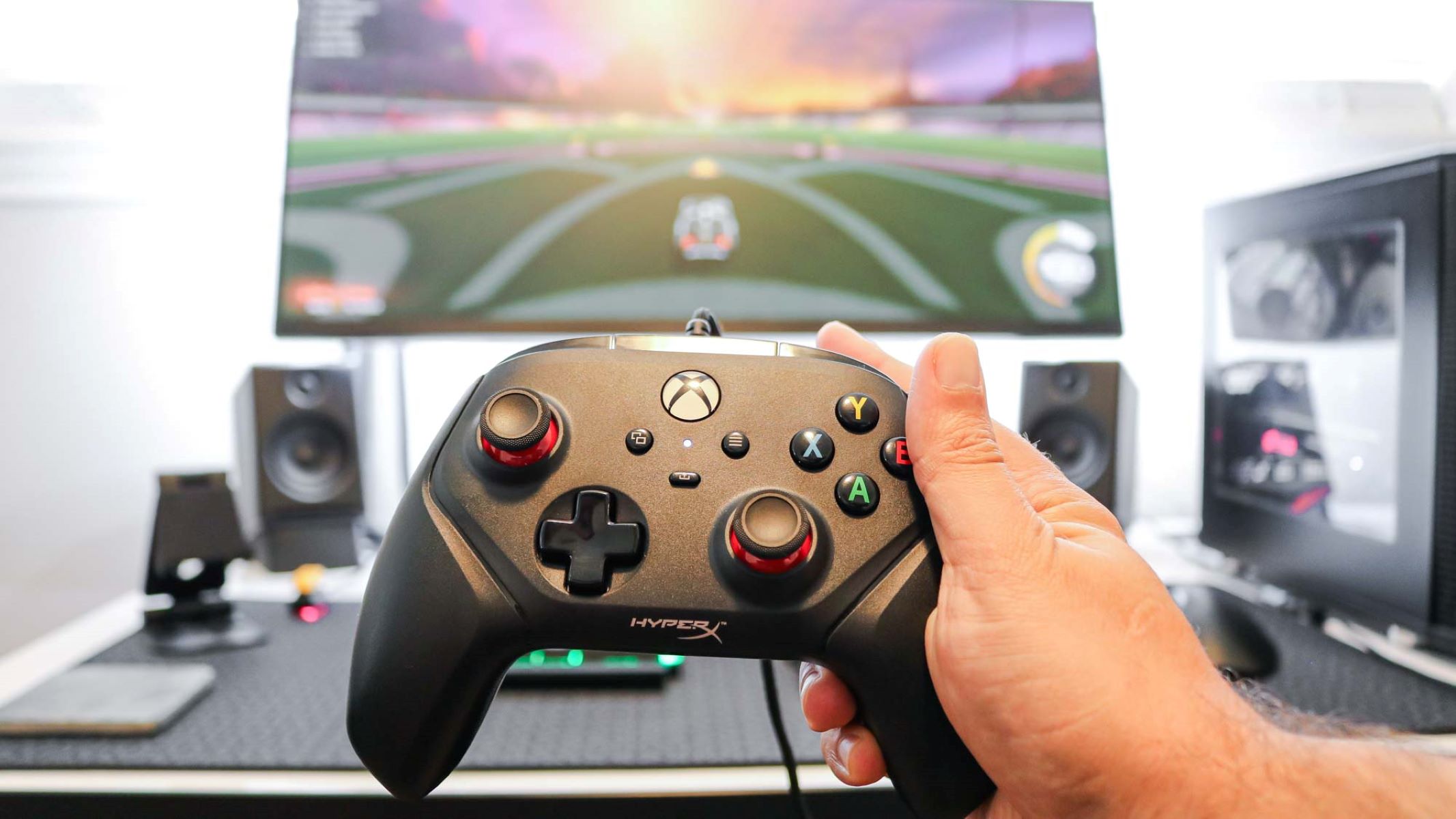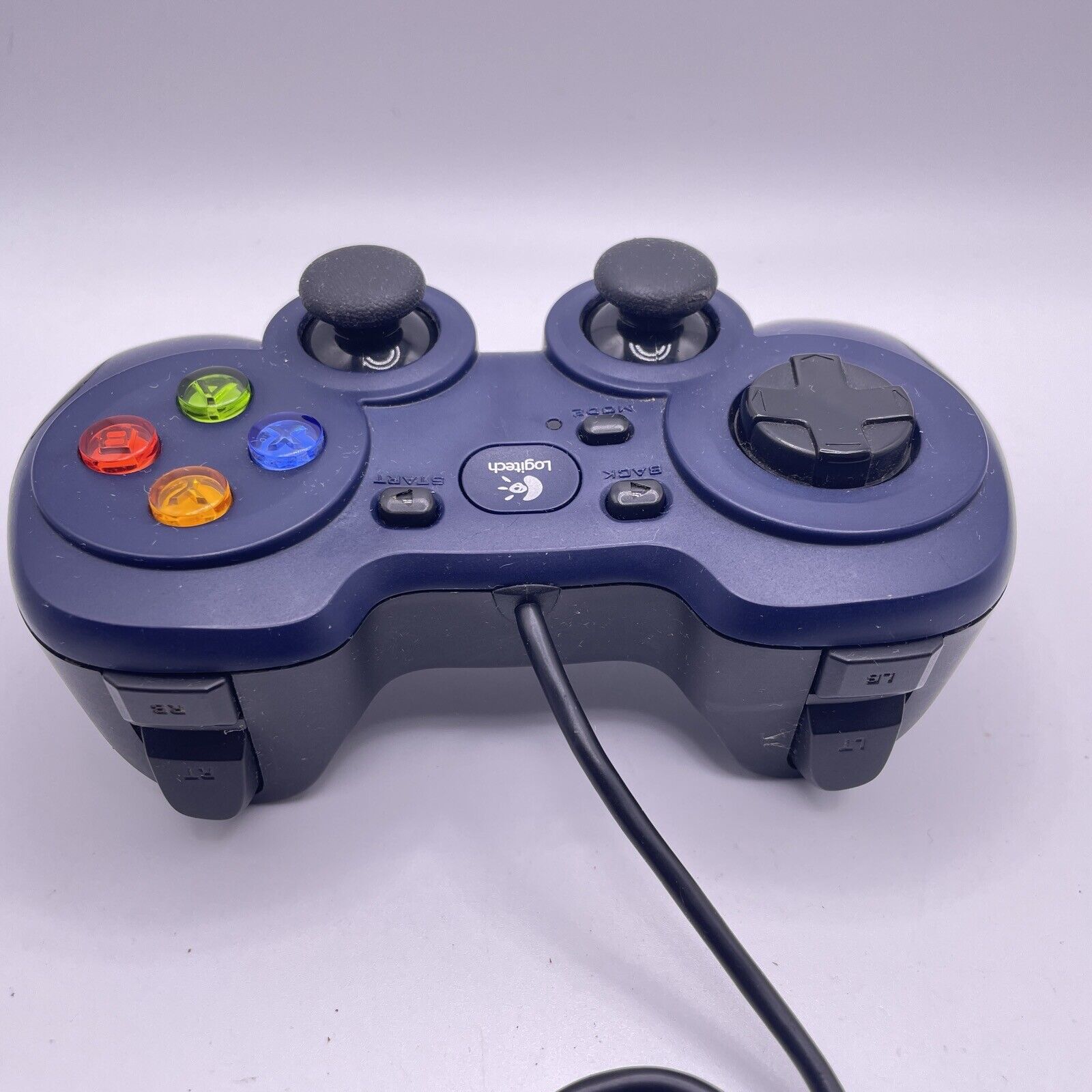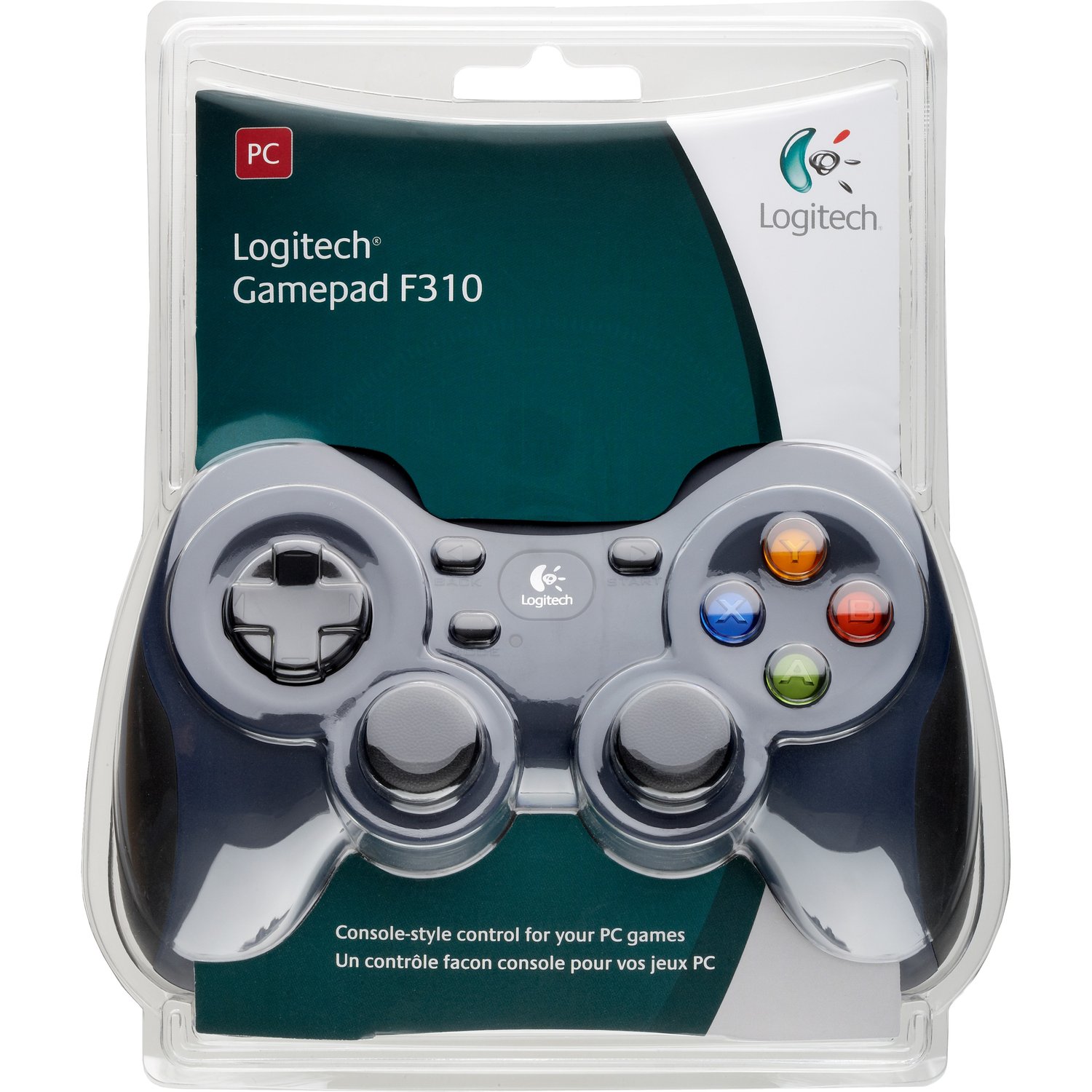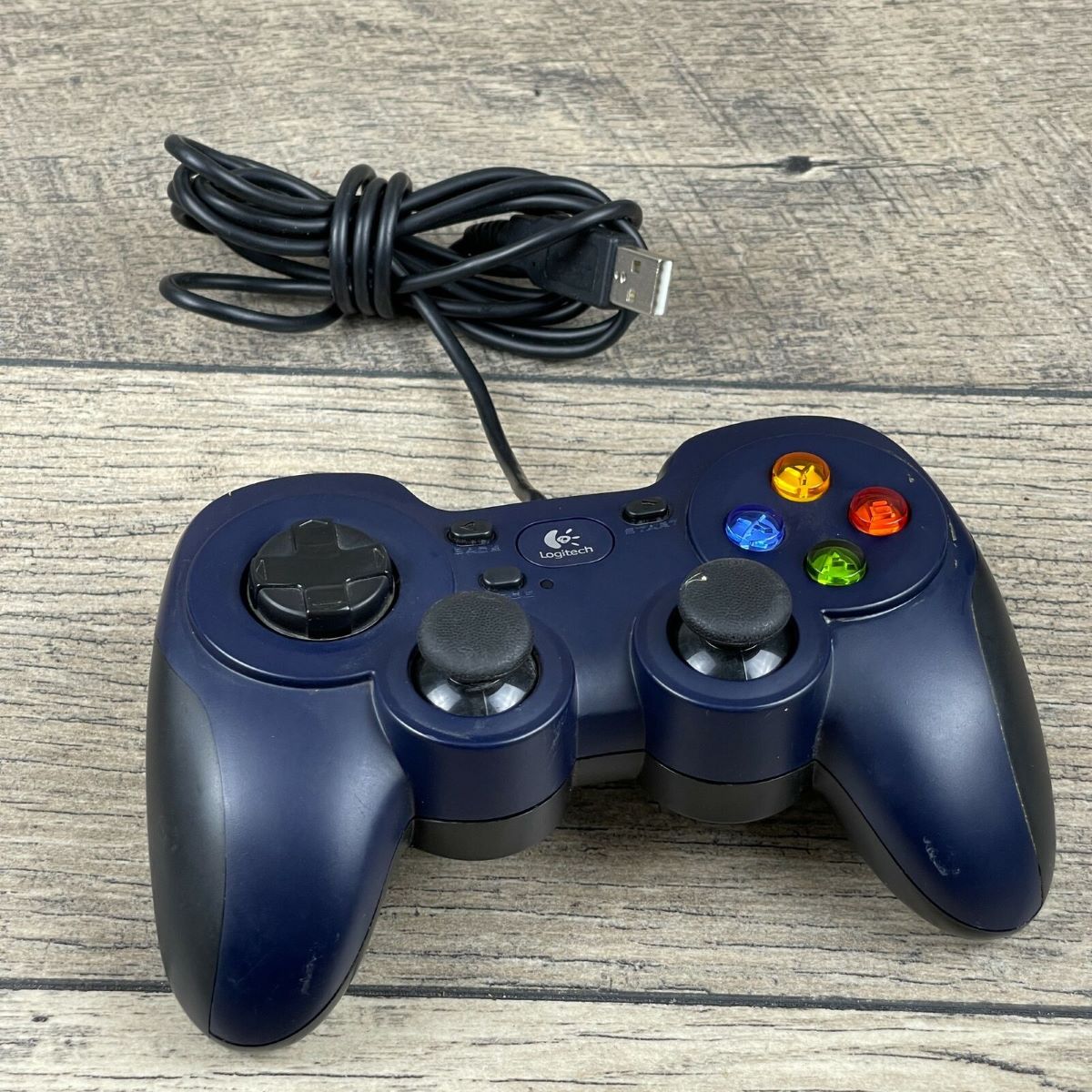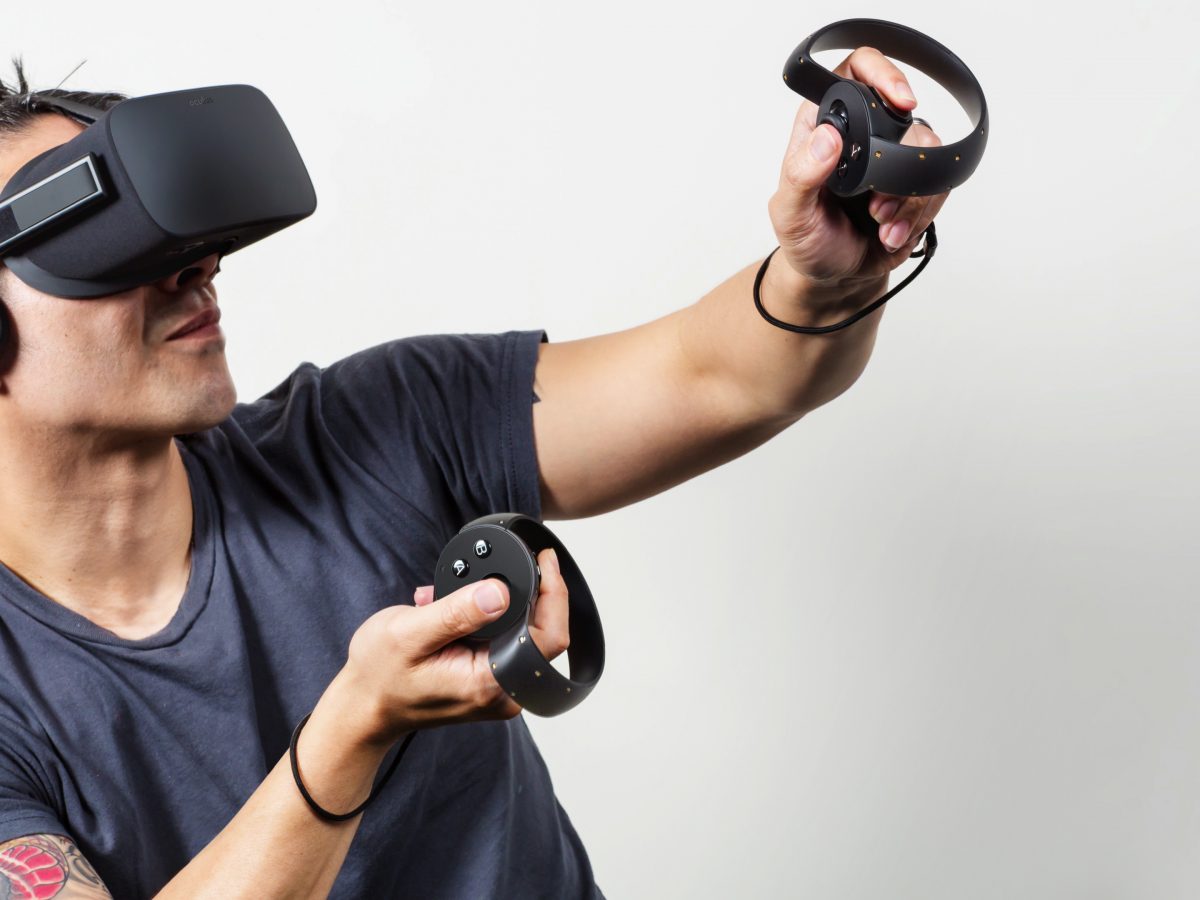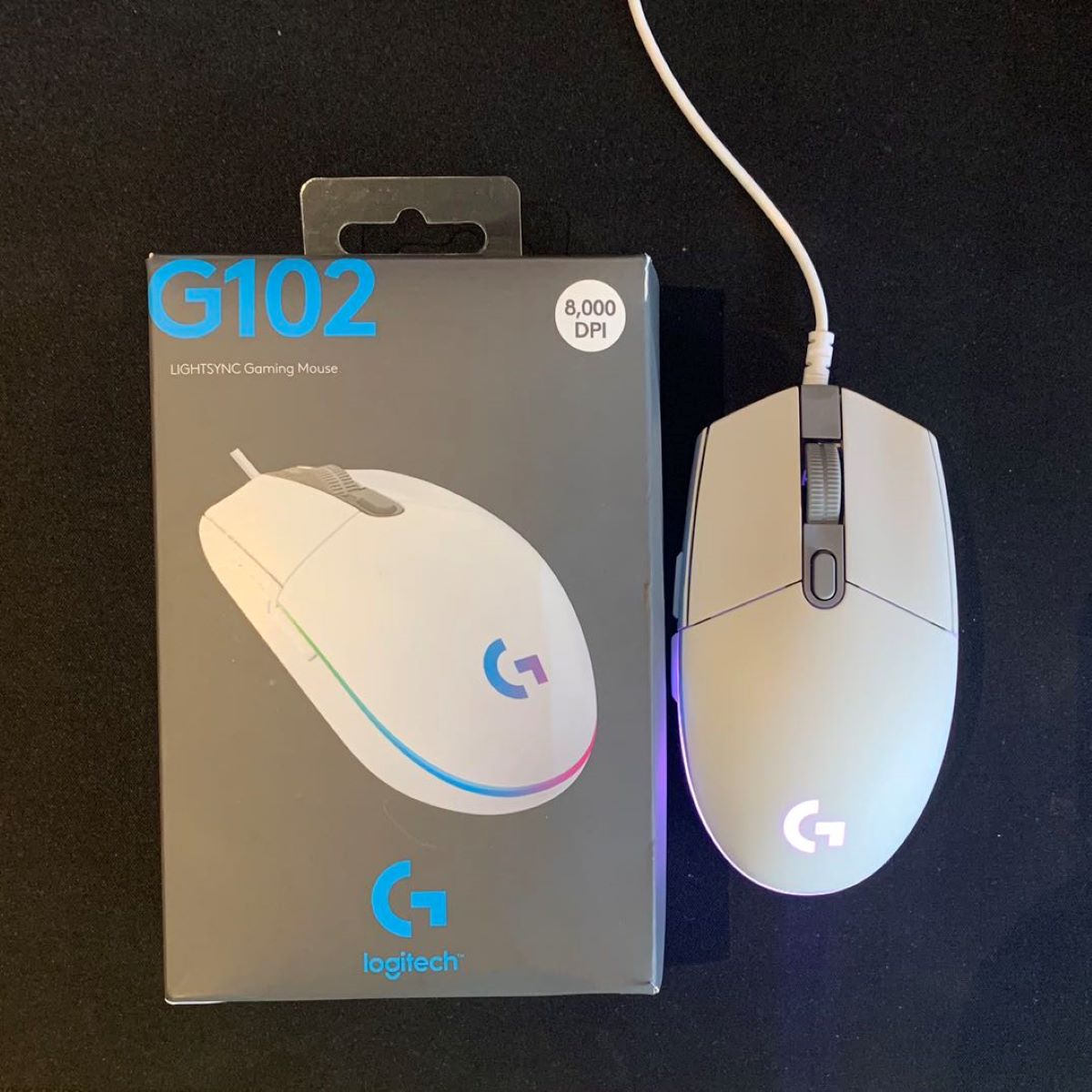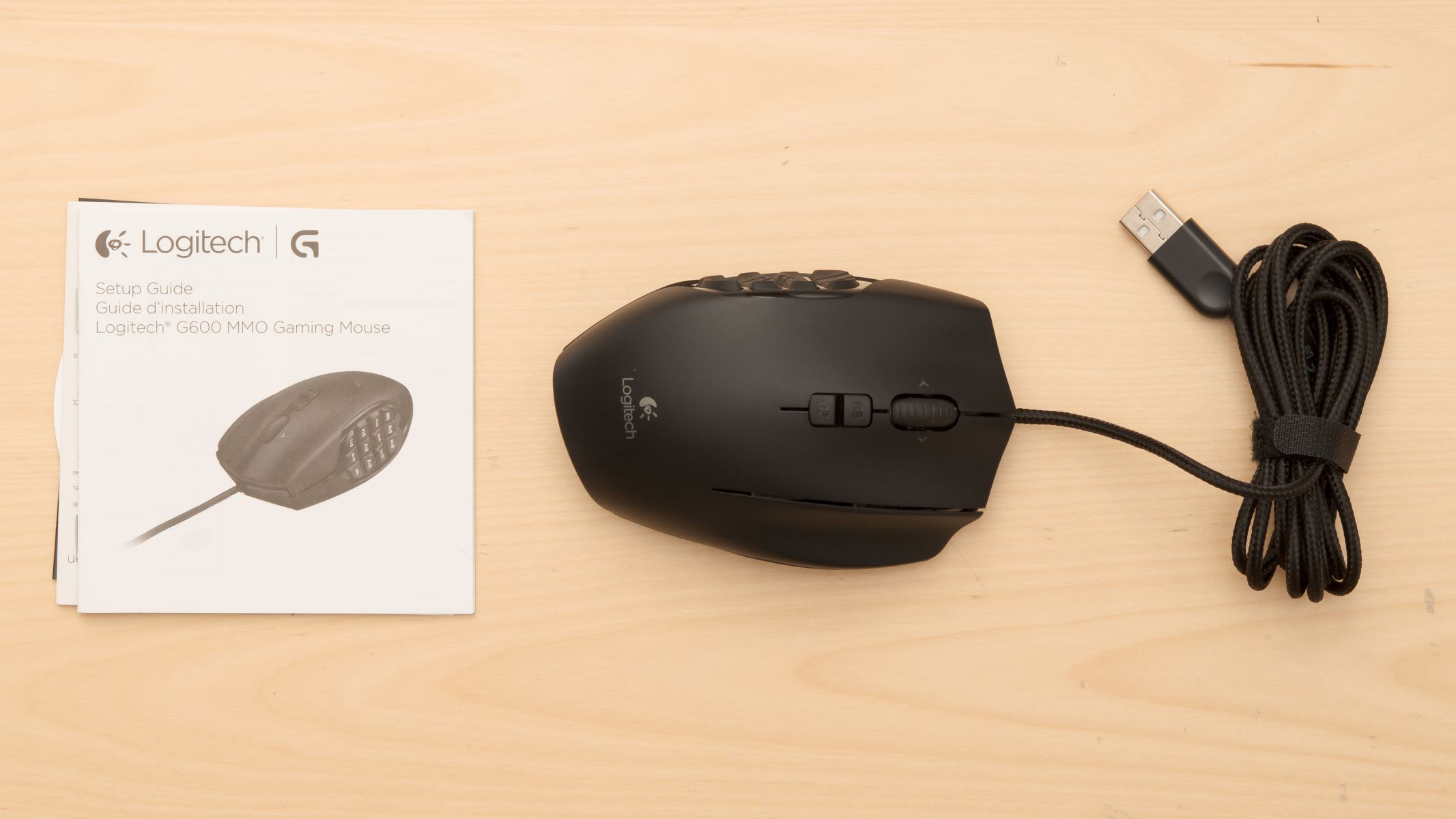Introduction
Creating a game controller is a meticulous process that involves a blend of design, technology, and precision engineering. These devices are the vital link between gamers and the virtual worlds they inhabit, providing intuitive and responsive interfaces that enhance the gaming experience. From the initial concept to the final product, every step in the production of a game controller demands attention to detail and a commitment to quality.
The evolution of game controllers has been remarkable, with each generation introducing new features and capabilities. Modern controllers are equipped with advanced technologies such as haptic feedback, motion sensors, and customizable buttons, offering gamers a heightened level of immersion and control. As the demand for more sophisticated gaming experiences continues to rise, the development of game controllers has become increasingly complex and innovative.
In this article, we will delve into the intricacies of creating a game controller, exploring the design, materials, circuitry, assembly process, testing, and packaging involved in bringing these devices to life. Understanding the journey from concept to completion will provide valuable insight into the craftsmanship and expertise required to produce a high-quality game controller. Let's embark on a fascinating exploration of the meticulous process behind the creation of these indispensable gaming peripherals.
Designing the Controller
The design phase of creating a game controller is a captivating blend of creativity and functionality. It begins with extensive research to understand the ergonomic needs of gamers and the specific requirements of different gaming genres. Designers meticulously craft the physical form of the controller to ensure comfort during extended gaming sessions while integrating innovative features to enhance gameplay.
Prototyping plays a pivotal role in the design process, allowing for the testing and refinement of various shapes, button layouts, and grip styles. Advanced 3D modeling software enables designers to visualize and iterate on their concepts rapidly, facilitating the exploration of diverse design possibilities. Factors such as button placement, trigger mechanisms, and the overall feel of the controller are meticulously evaluated to achieve an intuitive and ergonomic design.
Moreover, the aesthetic appeal of the controller is carefully considered to resonate with the gaming community and align with the branding of the gaming console or platform. Designers collaborate with graphic artists to incorporate visually striking elements, custom color schemes, and iconic branding, ensuring that the controller not only feels exceptional but also looks visually captivating.
Throughout the design phase, user experience and accessibility remain at the forefront, driving the creation of controllers that cater to a diverse range of players. Whether it’s accommodating different hand sizes, addressing accessibility needs, or providing customizable features, the design process is dedicated to ensuring inclusivity and user satisfaction.
The result of this meticulous design process is a game controller that seamlessly integrates form and function, embodying the collaborative efforts of designers, engineers, and user experience specialists. The next phase of this journey involves the selection of materials that will bring the controller design to life, a critical step in the production process.
Choosing Materials
When it comes to crafting a game controller, the selection of materials is a crucial aspect that directly influences the durability, tactile feel, and overall quality of the device. The choice of materials must strike a balance between robustness and comfort, ensuring that the controller withstands rigorous usage while providing a satisfying tactile experience for the user.
The outer shell of the controller often utilizes high-impact polymers or composite materials, offering a blend of lightweight construction and structural resilience. These materials undergo rigorous testing to ensure they can endure the demands of intense gaming sessions and maintain their integrity over time. The surface texture and finish are meticulously engineered to provide a secure grip and a premium tactile sensation, enhancing the user’s interaction with the controller.
The buttons, triggers, and analog sticks are typically constructed using durable yet responsive materials such as high-quality plastics and metal alloys. These components are designed to withstand repetitive use and precise input, contributing to the controller’s reliability and responsiveness during gameplay. The tactile feedback and actuation force of the buttons are fine-tuned to deliver a satisfying and consistent user experience.
Internally, the circuit boards and electronic components are carefully housed within the controller, requiring materials that provide electrical insulation, heat dissipation, and mechanical support. High-quality PCBs (printed circuit boards), conductive traces, and soldering materials are selected to ensure the controller’s internal electronics operate reliably and efficiently, meeting the demands of modern gaming technology.
Furthermore, the choice of materials extends to the cabling, connectors, and internal mechanisms, where robustness and longevity are paramount. The cables are reinforced to withstand bending and twisting, while the connectors are designed for secure and reliable connections, minimizing the risk of signal interference or mechanical failure.
By meticulously selecting materials that prioritize durability, tactile comfort, and electrical performance, the production of a game controller achieves a harmonious fusion of form and function. The next phase in this intricate process involves the integration of circuitry and electronic components, where the controller’s technological prowess truly comes to life.
Circuitry and Components
The heart of a game controller lies within its circuitry and electronic components, where cutting-edge technology converges to deliver precision, responsiveness, and seamless connectivity. The integration of circuitry and components is a meticulous process that demands expertise in electrical engineering, firmware development, and quality assurance to ensure the controller meets the demands of modern gaming experiences.
Central to the controller’s functionality is the PCB (printed circuit board), a vital component that serves as the platform for mounting and interconnecting the electronic elements. The PCB undergoes rigorous design and testing to accommodate the intricate network of sensors, buttons, triggers, and analog sticks, while maintaining optimal signal integrity and electrical efficiency.
Microcontrollers and specialized integrated circuits form the brain of the controller, orchestrating the interpretation of user input, the generation of haptic feedback, and the seamless communication with gaming consoles or PCs. These components are meticulously selected for their processing power, power efficiency, and compatibility with a diverse range of gaming platforms, ensuring broad accessibility for gamers.
The integration of motion sensors, gyroscopes, and accelerometers further enriches the controller’s capabilities, enabling intuitive motion-based controls and immersive gaming experiences. These components are calibrated and fine-tuned to deliver precise and responsive motion tracking, enhancing the controller’s versatility across a wide spectrum of games and genres.
Furthermore, the inclusion of force feedback actuators and vibration motors adds a tactile dimension to the gaming experience, providing nuanced haptic feedback that heightens immersion and responsiveness. The engineering of these components involves meticulous tuning to deliver a diverse range of tactile sensations, from subtle vibrations to powerful force feedback, enriching the user’s interaction with the game environment.
Wireless connectivity features prominently in modern game controllers, with Bluetooth and proprietary wireless protocols enabling seamless pairing and low-latency communication with gaming platforms. The design and implementation of wireless communication modules involve stringent testing to ensure robust connectivity, minimal latency, and efficient power management, empowering gamers with the freedom to play without constraints.
The culmination of these intricate circuitry and component integrations results in a game controller that embodies technological sophistication, responsiveness, and versatility. As the controller takes shape, the assembly process becomes the next focal point in the journey towards delivering a seamless gaming experience.
Assembly Process
The assembly of a game controller is a meticulous orchestration of precision engineering, skilled craftsmanship, and stringent quality control measures. The process begins with the careful arrangement of components, from the tactile buttons and triggers to the intricate circuitry, within the controller’s housing. Each step in the assembly process demands meticulous attention to detail and adherence to exacting standards to ensure the flawless operation and longevity of the controller.
The assembly line is a symphony of synchronized tasks, where skilled technicians meticulously position and secure each component with precision tools and techniques. The delicate placement of the circuit board, the attachment of tactile switches, and the integration of the analog sticks demand a blend of dexterity and technical expertise to ensure the seamless functionality and tactile responsiveness of the controller.
The intricate wiring and cable management within the controller’s housing require meticulous attention to detail, with a focus on optimizing signal integrity, minimizing interference, and ensuring robustness against the rigors of gaming use. Cable harnesses are meticulously routed and secured to uphold the controller’s internal integrity and longevity.
The integration of force feedback actuators and vibration motors involves precise calibration and alignment within the controller’s framework, ensuring that the tactile feedback enriches the gaming experience without compromising the device’s structural integrity or ergonomic design.
Furthermore, the assembly process encompasses the integration of wireless communication modules, battery compartments, and port assemblies, where seamless connectivity and user convenience are paramount. The alignment and integration of these components demand meticulous precision to uphold the controller’s reliability and user-friendly design.
Quality control checkpoints are strategically positioned throughout the assembly line, where rigorous testing and inspection protocols validate the functionality, durability, and aesthetic integrity of each controller. From electrical performance tests to tactile feedback evaluations, every aspect of the controller undergoes meticulous scrutiny to uphold the highest standards of quality and reliability.
The assembly process is a testament to the dedication and expertise of the manufacturing team, culminating in the creation of a game controller that embodies precision, reliability, and ergonomic excellence. With the controllers assembled, the next phase involves comprehensive testing and quality control measures to ensure that each device meets the exacting standards set forth by the manufacturer.
Testing and Quality Control
Testing and quality control are integral stages in the production of game controllers, where meticulous scrutiny and comprehensive evaluations ensure that each device meets the exacting standards of performance, durability, and user satisfaction. Rigorous testing protocols encompass a diverse range of assessments, from functional performance to durability under demanding usage scenarios, to uphold the reliability and quality of the controllers.
Functional testing involves the comprehensive evaluation of the controller’s buttons, triggers, analog sticks, and motion sensors to ensure precise and responsive input across a wide spectrum of gaming scenarios. Each component undergoes meticulous scrutiny to validate its functionality, responsiveness, and consistency, ensuring that the controller delivers a seamless and immersive gaming experience.
The tactile feedback mechanisms, including force feedback actuators and vibration motors, undergo meticulous testing to validate their responsiveness, precision, and reliability. These evaluations encompass a diverse range of tactile sensations, from subtle vibrations to powerful force feedback, ensuring that the controller enriches the gaming experience with nuanced haptic feedback.
Wireless connectivity and communication protocols undergo stringent testing to validate seamless pairing, low-latency operation, and robust signal integrity. These assessments ensure that the controller delivers reliable and responsive wireless connectivity, empowering gamers with the freedom to play without constraints or interruptions.
Durability testing involves subjecting the controllers to rigorous usage scenarios, simulating the demands of intense gaming sessions and ensuring that the devices withstand prolonged use without compromising their structural integrity or functionality. These tests encompass repetitive button presses, stress tests on the analog sticks, and assessments of the controller’s resilience to impact and environmental factors.
Furthermore, the controllers undergo comprehensive environmental testing to validate their performance and reliability across diverse operating conditions, including temperature variations, humidity, and exposure to environmental elements. These assessments ensure that the controllers maintain their functionality and integrity under a spectrum of real-world usage scenarios.
Quality control measures encompass visual inspections, cosmetic assessments, and adherence to branding and aesthetic standards, ensuring that each controller reflects the precision engineering and visual appeal intended by the manufacturer. Every aspect of the controller, from its tactile feel to its visual presentation, undergoes meticulous scrutiny to uphold the highest standards of quality and user satisfaction.
By subjecting the controllers to rigorous testing and quality control measures, manufacturers uphold their commitment to delivering reliable, high-performance devices that elevate the gaming experience. With the controllers validated through comprehensive testing, the final phase involves their meticulous packaging and distribution to enthusiasts worldwide.
Final Packaging and Distribution
Upon successfully passing the rigorous testing and quality control measures, game controllers enter the final phase of production, which encompasses meticulous packaging and strategic distribution to reach gaming enthusiasts worldwide. The packaging of the controllers is a crucial element that not only safeguards the devices during transit but also serves as a visual representation of the brand’s commitment to quality and excellence.
The packaging design is a fusion of practicality and aesthetic appeal, featuring custom-molded inserts that cradle the controllers securely while presenting them in an engaging and visually striking manner. The packaging materials are selected to provide robust protection against impact, environmental elements, and handling during transportation, ensuring that the controllers reach their destinations in pristine condition.
Moreover, the packaging serves as an extension of the brand’s identity, featuring captivating graphics, iconic branding, and informative content that communicates the controller’s features and capabilities. The inclusion of user manuals, warranty information, and promotional materials enriches the unboxing experience, providing users with valuable insights into the controller’s functionalities and the brand’s commitment to customer satisfaction.
Strategic distribution channels are instrumental in ensuring that the controllers reach a global audience of gaming enthusiasts. Collaborations with retail partners, e-commerce platforms, and specialized gaming stores facilitate the widespread availability of the controllers, allowing gamers to access these high-performance devices with ease.
Furthermore, the distribution process encompasses meticulous logistics planning to optimize the transit of controllers from manufacturing facilities to distribution centers and ultimately to retail outlets or directly to consumers. Efficient supply chain management and robust logistics partnerships are pivotal in ensuring timely and reliable delivery, meeting the demand for these innovative gaming peripherals.
Online marketplaces and e-commerce platforms play a significant role in expanding the reach of game controllers, providing a convenient avenue for enthusiasts to explore and acquire these devices from the comfort of their homes. The seamless integration of online storefronts with global shipping services facilitates the international distribution of controllers, transcending geographical boundaries and connecting gamers worldwide.
By meticulously orchestrating the final packaging and distribution of game controllers, manufacturers uphold their commitment to delivering exceptional gaming experiences to a diverse and global audience. The journey from concept to completion culminates in the widespread availability of these high-performance devices, empowering gamers with the tools to embark on immersive and captivating gaming adventures.







